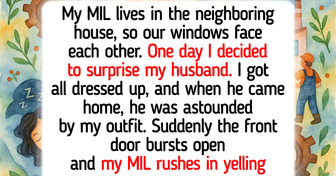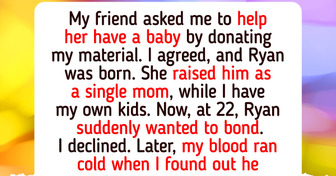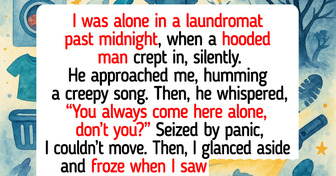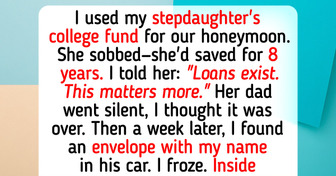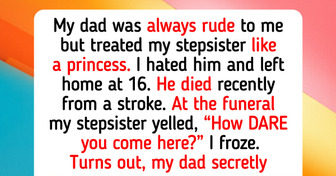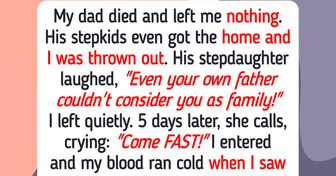My Coworker Reports Everyone to HR to Get Bonuses—So I Turned the Tables

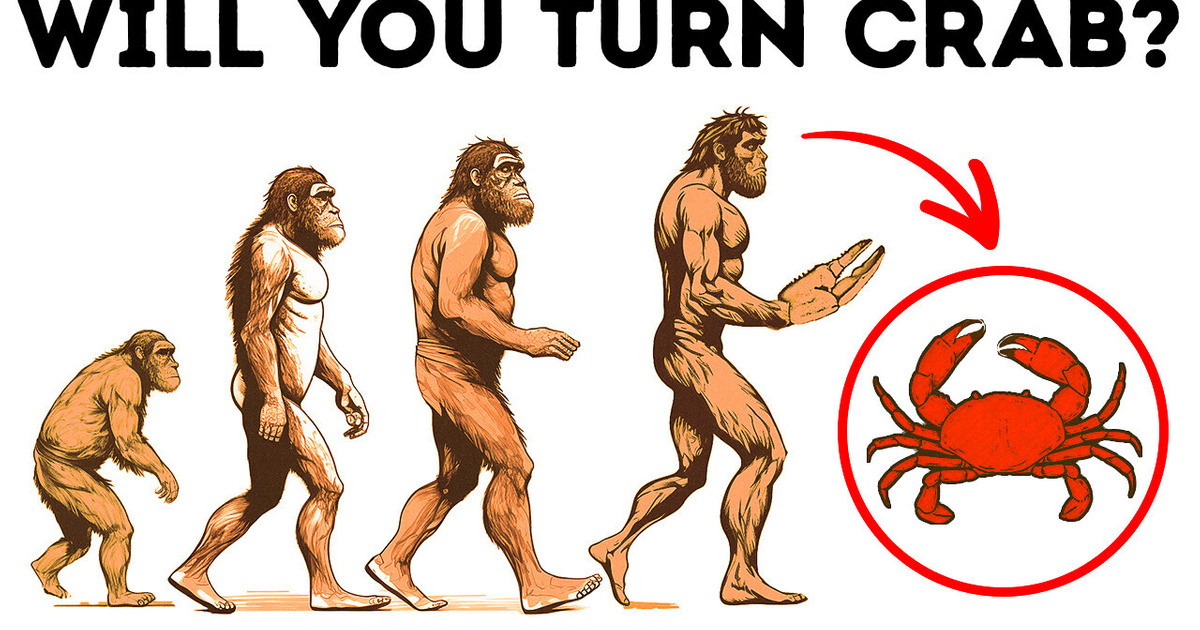
Humans that walked on our home planet thousands or even millions of years ago didn’t quite look the way we do today. Those who will live millions of years after us most likely won’t look like how we picture a regular human now. They might even end up looking... a little bit crabby!
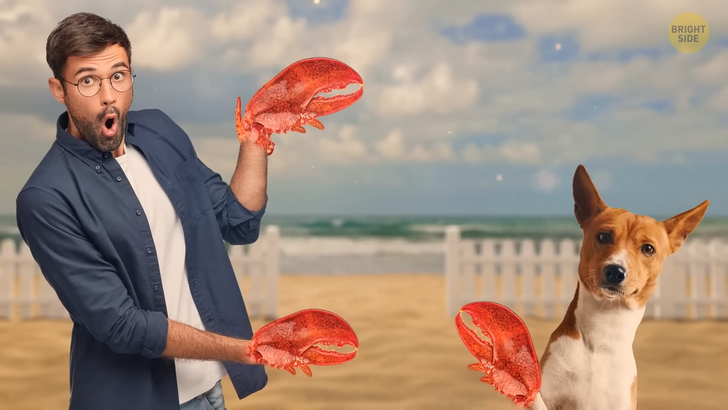
There’s this joke that says that everything will look like a crab at some point — and there’s actually some truth in that. Yeah, crabs are everywhere around us, but it’s not what this is all about. Even some other creatures are in some way turning into crabs! It’s something we call carcinization, a process where evolution realized crabs were really cool, so it decided to make other creatures similar to them. And that has already happened at least five times — within at least 5 different groups of animals that are not crabs. But at the same time, they are. Kinda.
Okay, back to the start. What’s the first thing that comes to your mind when you hear the word ’crab’? You probably imagine something like the Dungeness crab. It’s easy to remember them when you see them once — a flat, short, square, or roundish body, a hidden tail, and an abdomen you can see on the underside of the crab. So, basically, we think it’s a crab when we see this kind of oval body shape. But it doesn’t have to be. Nearly 10 million years ago, off the coast of what we today know as New Zealand, you could see a spiny animal with long legs and claws wandering around, looking for some food to catch. Nothing special at first sight; all animals do that, especially crabby ones. But here we’re talking about an ancient ancestor of today’s king crabs.
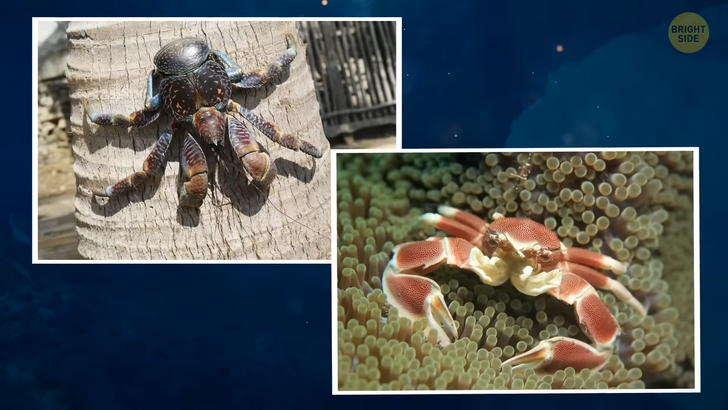
Scientists found only ONE fossil, so we don’t know much about them. But we know they had a body the size of a baseball, with a round, spiky carapace. Scientists think they lived in deep, cold water — based on how today’s king crabs live. And if you saw one of these ancient fellas, you’d probably think you’re looking at a crab. Nope. It’s not a true one because these oldies are part of a different kind called Anomura. It’s a large group of crustaceans where you can find many “false” crabs, like the coconut crab and the porcelain crab. Well, they look like fun and peaceful creatures, huh? NO. These fake crabs all evolved from crustaceans with long bodies and tails, similar to a lobster or shrimp. And for some reason, they all started looking like crabs. It’s like that popular girl at school — everyone wants to dress exactly like her. Did these animals get jealous of crabs or what?
It seems it’s all about flexibility. We trace these creatures that look like crabs back to around 365 million years ago. We’re talking about the first decapod crustaceans, like this thing called Palaeopalaemon. ’Decapods’ is the name they got because of their ten feet. This group includes lobsters, crayfish, shrimp, and crabs — both real and fake ones. Palaeopalaemon is the oldest known decapod that looks like a lobster. It most likely spent its life walking around the seafloor, just like modern lobsters do. 260 million years ago, decapods split into two groups — real crabs and false ones. The oldest true crab that wasn’t trying to trick you into thinking it was a crab showed up 185 million years ago. The oldest fake crab family is 15 million years older, and it’s more similar to the lobster.
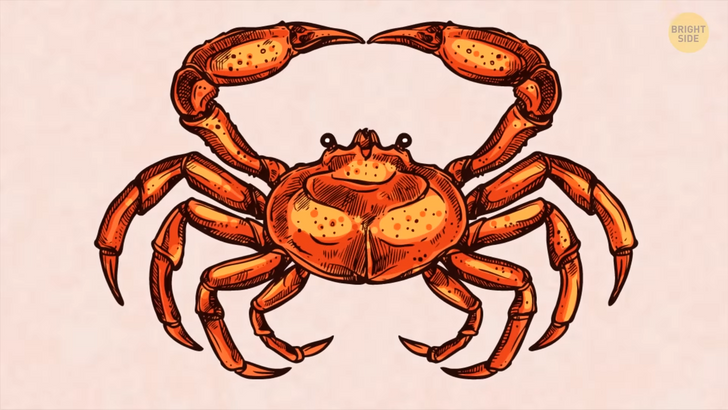
But evolution brought both groups closer to this crab shape we see today. Zoologist Lancelot Alexander Borradaile was one of the first people to realize that all these creatures were becoming a bit crabby. He came up with the name “carcinization” in 1916 and tried to describe how this happened. So, a lobster has a long “tail.” Through the years, it became shorter and kinda got tucked under its body. Its narrow front part grew flatter and wider until it got its crab-like look. And having the shape of a crab possibly improves mobility. The rounder, flatter body allows these creatures to run, walk, swim, and burrow when necessary — and all that pretty efficiently. Some crabs can even climb trees. Oh man, I’ll never use my hammock on stunning tropical beaches again! Okay, let’s start all over — I’ll never daydream of doing that again!
And those animals that have a shape more similar to a shrimp or lobster can only swim, burrow, or scatter across the seafloor. Another theory says this shape is a good way to avoid predators more efficiently. Since they didn’t have their long tail, remember? — they had fewer weak spots. Better yet, they lost vulnerable parts some hungry predators could grab onto while they weren’t watching. Also, they could hide in spots lobsters could only dream of. Not to forget their ability to walk sideways. Maybe that helped crabs to move faster than other similar creatures? Crabbiness spread all over the world simultaneously. Basically, crabs can visit more places, do more things, run away from predators, and hide better — no wonder everyone wanted to be just like them. But not everyone can be a crab, fellas; sometimes, it just doesn’t work no matter how hard you try. So there were cases when some crustaceans lost their crab-like body over time! Yup, it was something called decarcinization.
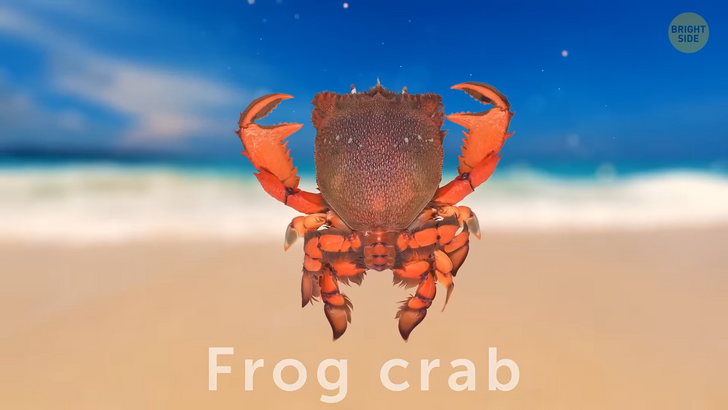
Things like that have happened with real crabs. A good example is the frog crab. Admit it, you kinda expect it to jump and croak when you see it! Crabbit! Or how about one cute fossil crab that lived sometime between 95 million and 90 million years ago? You’d think you were looking at a crab, but some things were just different. Its front limbs were in the shape of oars, and look how big its eyes were! Plus, these eyes weren’t on stalks like in other regular crabs. It seems like it’s giving you those puppy-dog eyes — you know, when you can’t say ’no.’ Some scientists believe all this crabbiness could have something to do with their ability to easily colonize new habitats and split into many new species. I mean, they’re all over the place, plus there are thousands of crab species. But all jokes aside, we’re probably not going to turn into crabs. It might look scary how so many animals are doing it, but this happens only within the crustacean family. We don’t have any evidence other species are becoming crabby too. YET.
Similar things have been going on with other living creatures — you can see closely related lineages evolving and later diversifying in completely different areas, sometimes even continents. For example, mammals. There are two big groups here, spread across the world. The marsupials are pouched mammals that give birth to their tiny, cute young. And the placentals — and this group includes us, humans. Both of these groups have a common ancestor from more than 100 million years ago. It was like mother nature did an experiment by isolating these groups to see what would happen with their bodies. So, there are two different versions of mice, moles, anteaters, gliders, and cats, one for each of these groups.
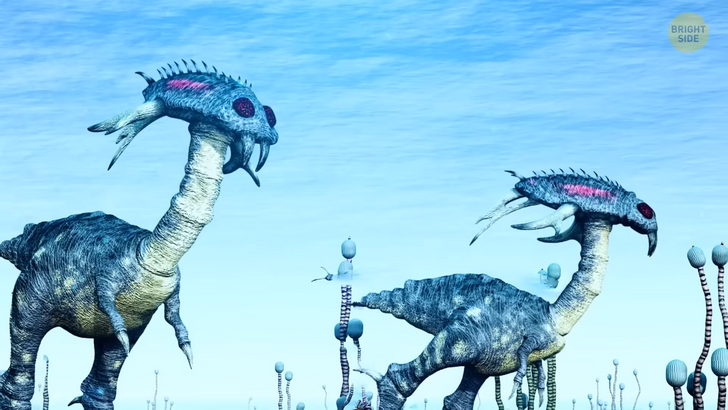
Not only the body but also organs and the rest of the structures evolve independently here. We have complex camera eyes with the retina, iris, and lens. Octopuses and squids have them, too, even though they’re not related to us. Even molecules evolve independently across the fascinating tree of life. Molecules in our eyes that enable us to see have been also evolving in box jellyfish. If this happens on our home planet, maybe it happens somewhere else in the Universe at the same time. Maybe there are creatures that wouldn’t look bizarre to us — even though it’s hard to picture them all nice and not so scary. Maybe they’re developing in a similar way that we do and are more familiar than we expect. Or maybe they’re just giant crAAAAAAABS!


